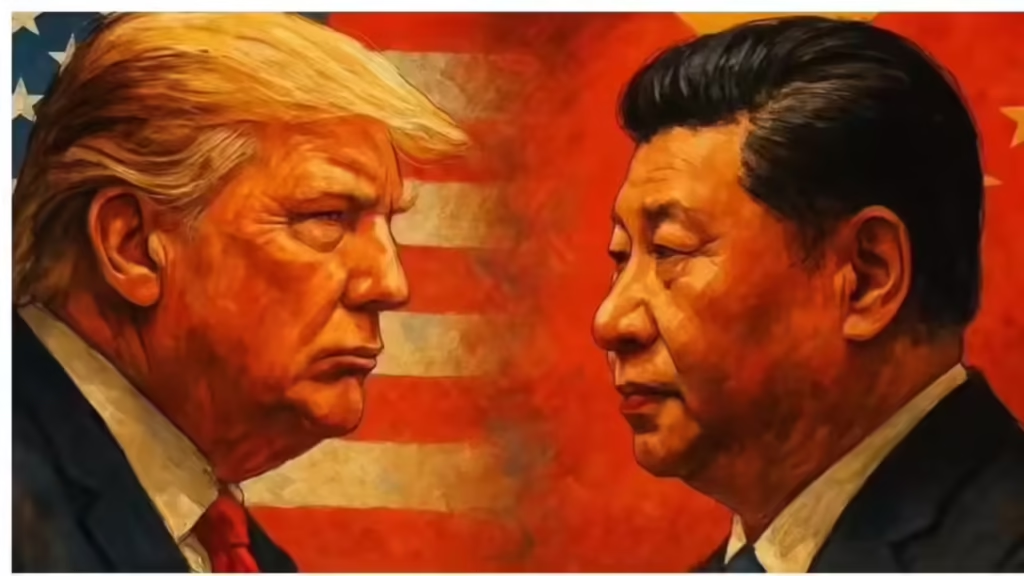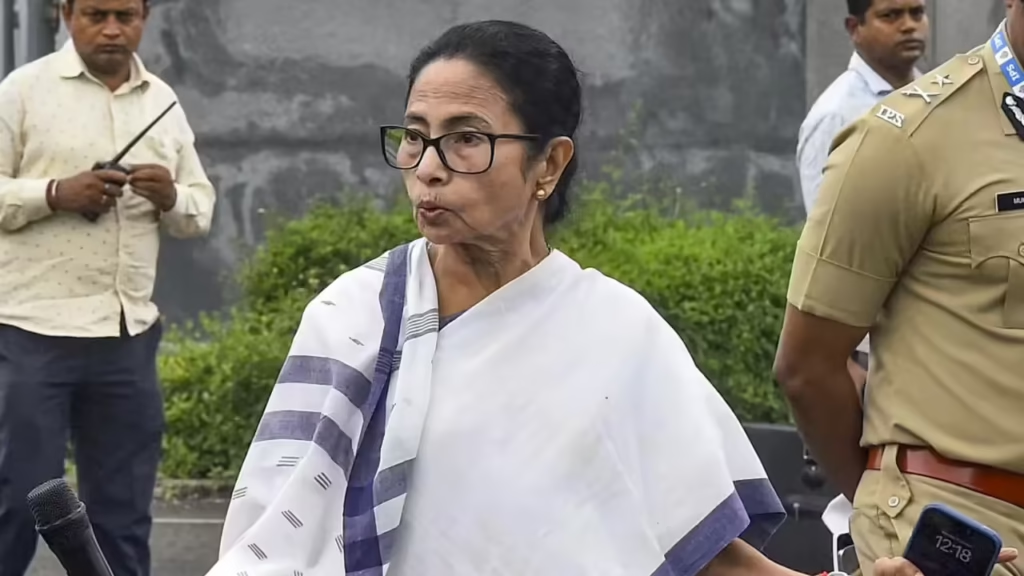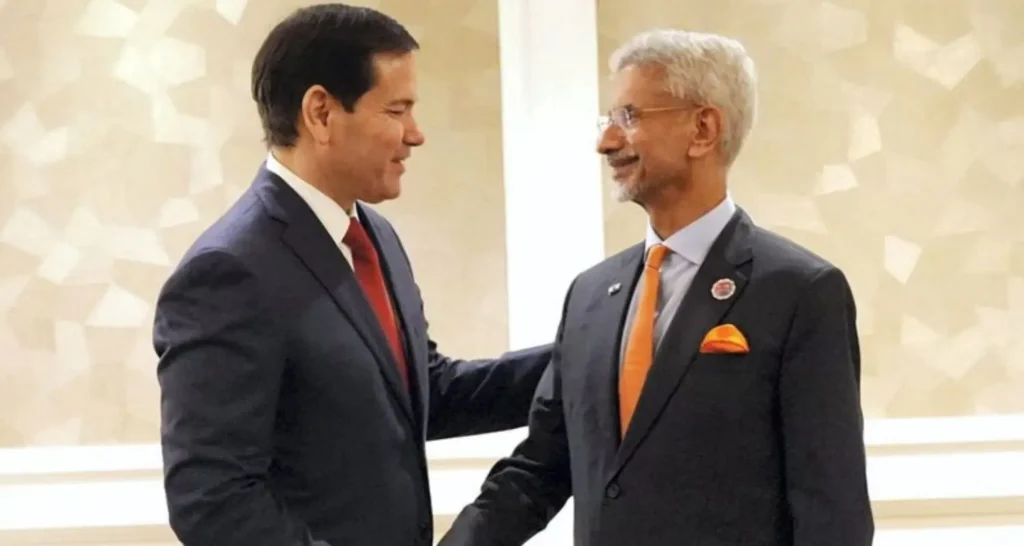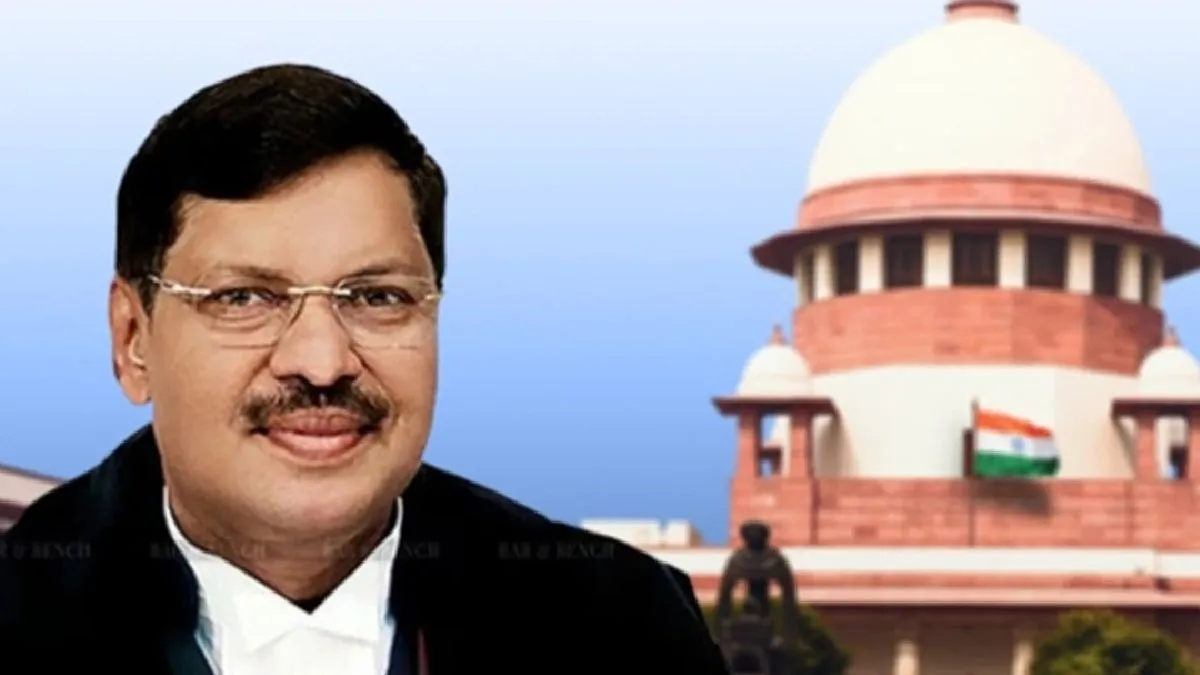Now Reading: Modi-Starmer Meet in Mumbai: What India–UK Relations Could Look Like Next
-
01
Modi-Starmer Meet in Mumbai: What India–UK Relations Could Look Like Next
Modi-Starmer Meet in Mumbai: What India–UK Relations Could Look Like Next
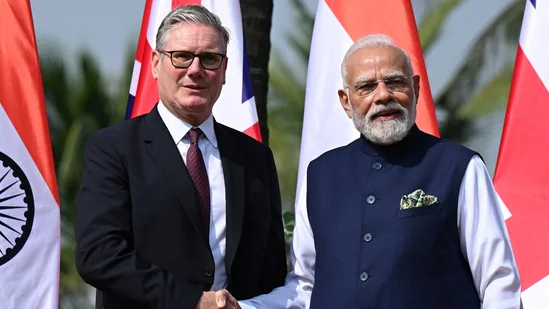
British Prime Minister Keir Starmer’s first official visit to India saw him meeting Prime Minister Narendra Modi at Raj Bhavan in Mumbai. More than a ceremonial handshake, the meeting underscores a deeper push toward strengthening trade, technology, and diplomatic ties amid a changing global order. For those watching from beyond India’s metros, the stakes are real — in jobs, investment, and strategic partnerships.
Agenda and Expectations
The meeting centers on giving fresh momentum to the India–UK Comprehensive Economic and Trade Agreement signed earlier this year. Both sides are expected to discuss ways to accelerate cooperation in sectors like clean energy, defence manufacturing, digital infrastructure, and pharmaceuticals. The visit is also timed alongside business and fintech events intended to promote cross-border collaboration.
Trade, Investment, and Startups
One clear priority is mobilising investment flow from UK firms into India and vice versa. The UK delegation includes dozens of CEOs and investors eyeing sectors where India offers scale and growth potential. For Tier-2 and Tier-3 cities, this could mean new manufacturing units, supply chain linkages, or technology hubs away from the metro shadows.
At the same time, Indian startups that focus on AI, health tech, agritech, and regional digital solutions may find new routes to UK innovation markets. But this depends heavily on clarity in regulatory frameworks, ease of doing business, and assurances on data protection and intellectual property.
Diplomacy, Technology, and Soft Power
Beyond economics, the visit touches on strategic and cultural fronts. India and the UK are likely to explore partnerships in digital ID systems, cyber security, climate and energy transitions, and education. Soft power also comes into play — Starmer’s visit highlights the enduring cultural ties, diasporic links, and shared democratic values.
In smaller cities, especially those with universities or regional tech clusters, such engagements could open doors to student exchange schemes, co-development projects, or grants. Local talent might see fresh pathways to participate in these bilateral initiatives.
Challenges & Skeptical Voices
Ambitious plans face real obstacles. Some critics warn that trade deals often benefit big players and import-export hubs, sidelining smaller towns and rural regions. Implementation of agreed projects can get delayed by bureaucratic red tape, land acquisition issues, or state-level policy mismatch.
Further, while foreign investments can bring jobs, there’s concern about dependency, environmental impact, or preferential treatment favoring large overseas companies over local firms. On data and tech, both nations must balance openness with guarding sovereignty, especially as digital systems scale.
What It Means Locally
For residents of Tier-2 cities, this meeting could translate to concrete benefits — new jobs in export or ancillary sectors; enhanced connectivity through infrastructure projects; partnerships in educational or research institutions; and exposure to international trade supply chains. But it will require states and local governments to act fast and create enabling environments.
Monitored closely by traders, startups, students, and public servants alike, this meet in Mumbai could mark a turning point in how India’s regional cities plug into global networks.
Conclusion
The Modi–Starmer meeting in Mumbai is more than diplomacy in action; it’s a test of how India and the UK plan to translate agreements into impact beyond capitals. For people in Tier-2 cities, it offers hope of inclusion in a global economy that often feels distant. But success will depend not just on high-level pledges — it will hinge on timely execution, equitable policy, and accountability from centre to grassroots.








